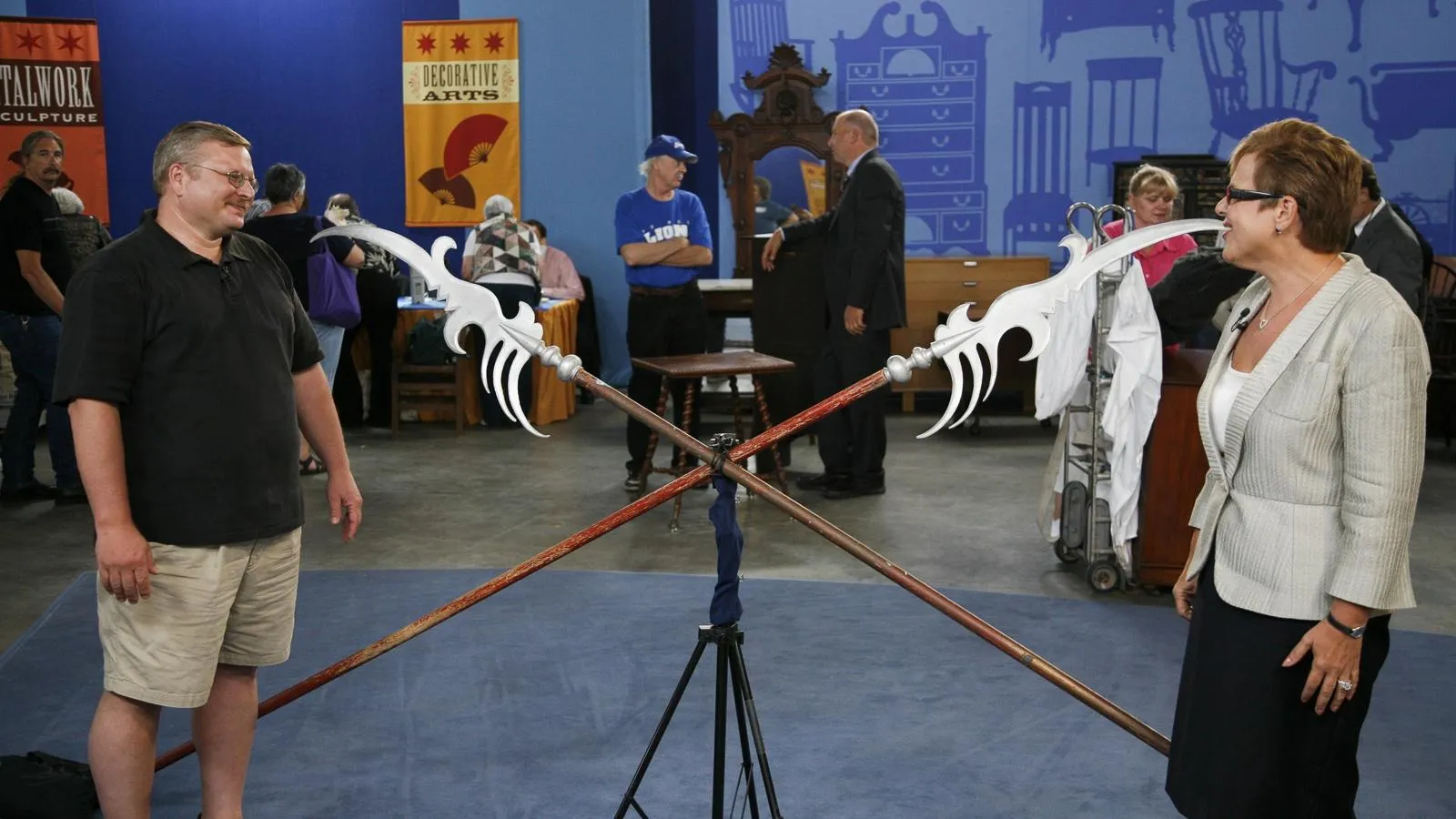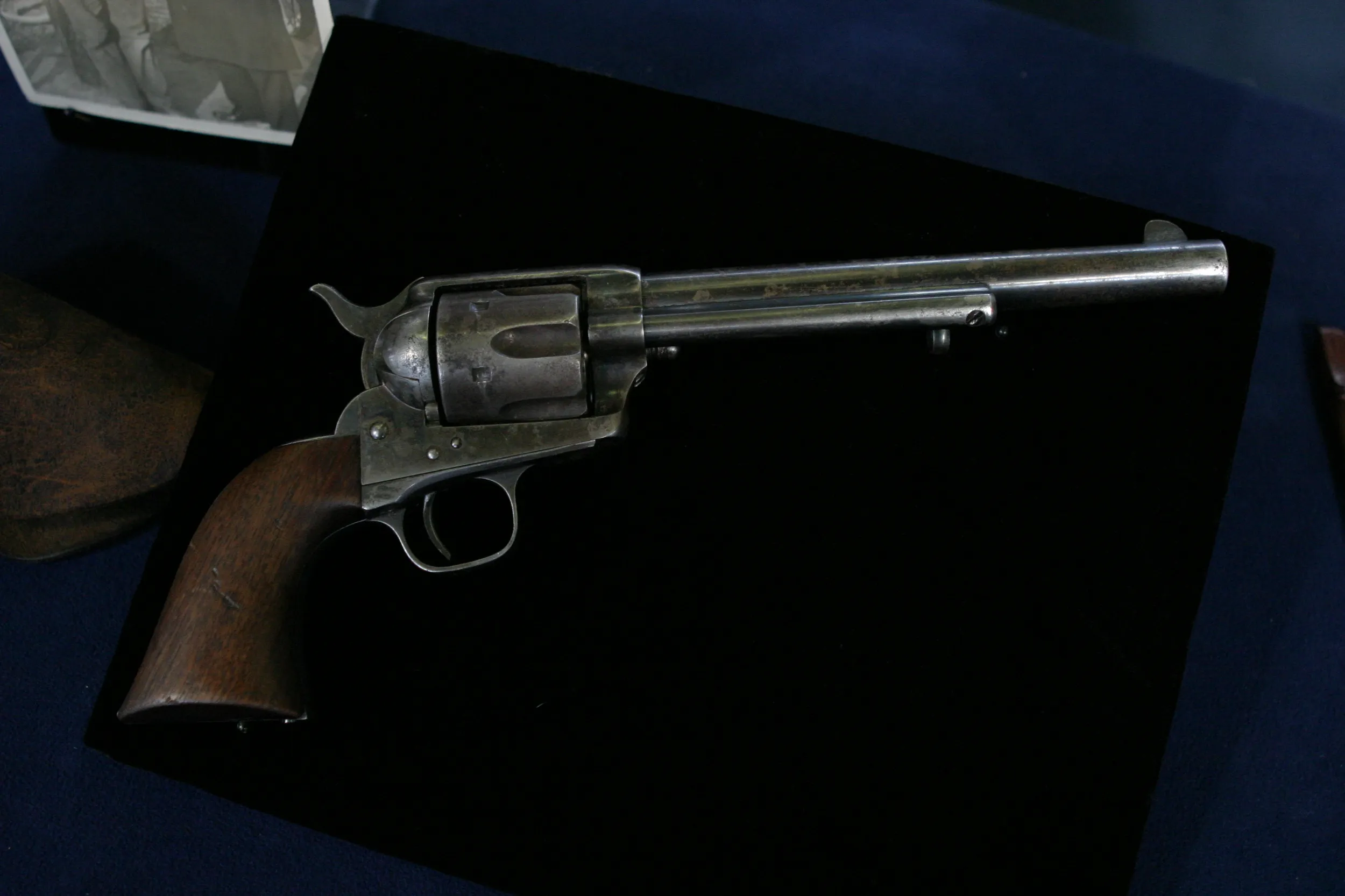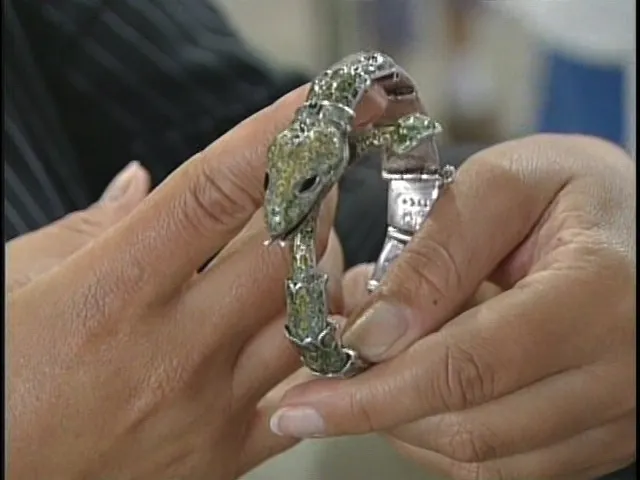GUEST: My son Eric talked my husband and I into going to an auction that we really weren't planning to go to. And we fell in love with this clock. We were planning to go to Italy for our 30th wedding anniversary and decided it was going to be either the clock or Italy, and we decided on the clock. We thought we could enjoy it every day, and a trip to Italy would be over, so... Our son was kind of pushing for, for us to get it, also. And we knew nothing about clocks.
APPRAISER: Well, it's a French table clock. It is signed down below here. And if you do look up that maker's name, you'll find a couple of different generations who were clockmakers working in Paris. The first Thuret generation was working very late in the 17th century and early into the 18th century. And the second generation, his son, was working into the first quarter of the 18th century. So, with that information, we would assume that the clock is of that period. For that period, we would call this Boulle decoration, with this inlaid brass. It's beautifully cast brass and gilded components. The mechanism is a cast-brass plate, and then applied with enameled Roman numerals. And then down below, we have a pendulum with a wonderful sort of starburst. But as a connoisseur, we have to look beyond what we think this is and really study it carefully. And if this indeed were one of those two generations of Thuret makers in Paris, we would expect this to be tortoiseshell. We find that this is actually painted veneer. So it gives us a hint that this may not be early 18th century or late 17th century. And in fact, the more we look-- the fixtures, the castings, the screws that are used, the hinges-- it's more modern than either of those two makers but it is still a magnificent clock.
GUEST: Mm-hmm.
APPRAISER: So, in fact, it is a clock not of that period that we would hope, but it's a clock from the 1870s. It was made as sort of a revival piece from that late 17th, early 18th century group of makers.
GUEST: Okay.
APPRAISER: Now, it's a wonderful clock, it's a beautiful clock. And you bought this at auction.
GUEST: Mm-hmm.
APPRAISER: And what-- you mind saying what you paid for it?
GUEST: We paid $7,000 for it.
APPRAISER: $7,000? Well, you paid full retail for it at auction. But I would have no problem at all appraising this for insurance purposes for $7,000. And you have a lovely clock that you can enjoy for many years, whereas if you went on that holiday over to Italy, that would be over, you know, quite quickly.
GUEST: Okay, well, thank you so much.
APPRAISER: Thank you. If this were a late 17th- early 18th century clock, we're talking in excess of $100,000.











